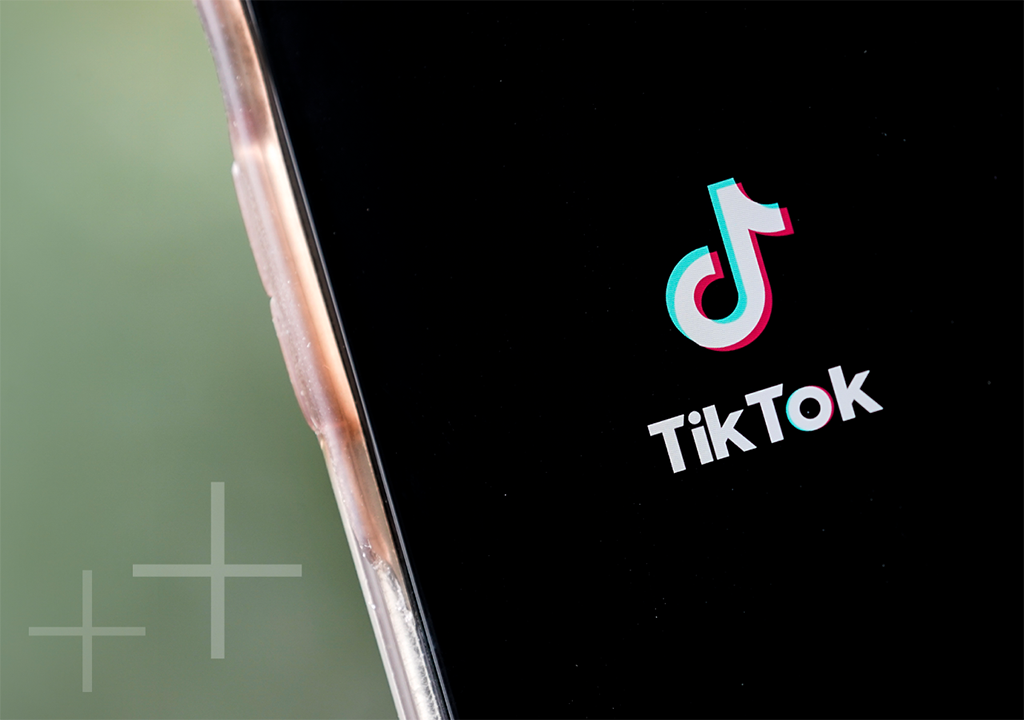5 behavioral health trends for 2022

A Northwestern University Feinberg School of Medicine professor offers his perspective on likely behavioral health developments this year.
Increased public recognition of the need for behavioral health treatment is one of the top behavioral health care trends for 2022, according to an expert.
Jason Washburn, PhD, MA, is a professor of psychiatry and behavioral sciences at Northwestern University Feinberg School of Medicine as well as a member of the advisory board of Owl. His research interests include nonsuicidal self-harm, suicide, and the implementation of psychological practices.
HealthLeaders recently asked Washburn about the top behavioral health trends for 2022. The following is a lightly edited transcript of his comments.
1. Public Awareness of Behavioral Health Treatment: One of the things that is very clear from 2020 and 2021 is increased public recognition of the need for behavioral health treatment. We have heard repeatedly over the past year and a half that increased access is needed to behavioral health services, especially as many people struggle with mental health issues not only in the context of an adjustment to the coronavirus pandemic, but also the ongoing stressors in society.
We have certainly heard a lot about the call for access. One thing we also need to hear, and I hope we will hear more in 2022, is not just the increased calls for access to care, like making telehealth a permanent option for providers and patients, but also to ensure that we provide quality mental health care. There will always be a market response to calls for access, but it’s one thing to say “here’s more access” and another thing to say “here’s more access to high-quality care”, resulting in improvement and helping patients to cope with their symptoms.
Whether we see an increase in calls for quality behavioral health services in 2022 depends on many factors, but access in itself is not the answer, because access to care that does not help people getting better or varying in response to people’s needs is not going to be the solution by any stretch of the imagination.
2. Value-Based Care: There is a broader, longer-term trend that we have seen that will likely accelerate in 2022, and that is the growing pivot towards value-based care. This is a long term problem and it is unclear when it will happen. What is the tipping point?
We see a growing number of payers moving towards value-based care orientation in behavioral health services. Certainly, suppliers are looking in this direction. There are currently many opportunities for value-based care. This is a vast area that needs to be fully exploited, as we are not there yet in terms of utilizing all that value-based care has to offer.
I doubt we are seeing a decline in values-based care. I expect to see more arrangements in this direction. It’s a slow process, it’s a long term process. But providers and payers who can support value-based care will reap greater benefits, especially for their patients and the value they get.
In the current fee-for-service scenario, as a supplier, I perform a service, I charge for that service, and I get reimbursed for that service. It is rare for anyone to verify the value of my services. There is an incentive to charge as much as I can – I have no incentive to improve patients. The incentive is to support service delivery, not service outcome.
A value-based approach would look at things like whether patients are getting better and how quickly they are getting better – are you more effective at caring for patients. I could be a provider who improves all patients, but it takes three years to do that. We should encourage providers who care for patients better than that. There could be patients who take three years to recover, so we have to be careful with a values-based framework to make sure it understands the seriousness of our cases and understands that patients respond differently to treatment. This is one of the reasons why values-based care takes so long in behavioral health – it’s not easy to do.
3. Measure results: To bring value and quality to behavioral health, there will be increasing emphasis on measuring outcomes. Some of the common payer-based results are quite limited compared to what is currently available. For example, payers will often look at metrics such as emergency department use and number of behavioral health sessions. Basically, they look at how often services are accessed, and that’s often not a true indicator of how people are doing.
Certainly, in terms of improving outcomes, we want to see emergency room use decrease, but that’s a crude instrument. This doesn’t tell us much about symptom improvement in patients who don’t use the ER.
Understanding severity at the start of treatment helps you understand your case mix. You should expect different results for people with severe depression compared to people with mild depression – you should expect a different length of therapy to get the same result. We also need to develop ways to measure gravity over time in order to capture value. Currently available blunt instruments, such as the number of times a patient has visited the ER or the number of sessions a patient has received, do not tell the whole story. They do not provide the level of detail necessary to truly understand a provider’s performance in managing its population. Patient-reported outcomes are essential for evaluating mental health services.
4. Anxiety peak: We will likely see an immediate escalation of anxiety in response to the omicron variant coronavirus. I recently received a text from my brother, who had just visited a pharmacy. Almost a fight broke out over a new box of COVID-19 test kits; people were screaming and screaming one after another. The amount of anxiety will increase dramatically with omicron. It was already a problem for the last 20 months, but omicron shows that we have increased vulnerabilities, which makes people very distressed.
If we continue to experience new variants, we as a country will need to determine how we will manage the associated mental and behavioral health impacts.
5. Telehealth: I expect we will see an increasing use of telehealth in behavioral health services. Telepsychology and telepsychiatry will be part of the normal operations of behavioral health organizations. Telehealth will be integrated into what we do every day and it will factor into the decisions that healthcare leaders must make. For example, how do you expand telehealth services versus in-person visits? How do you make sure you don’t cut off your in-person access too much? You need to provide enough in-person access to those who need it, but also provide telehealth access to those who need it as well.
We are moving to a mixed model. For the past 20 months, mental health services have been delivered almost exclusively through telehealth. In 2022, as we transition to a much more mixed model of telehealth and in-person visits, there will be many adjustments. How much space do we need for in-person visits? How do we monitor and control the quality of care when a provider works from home? These issues will play out from both the vendor and payer perspective. In 2022, the blended model will give us a glimpse of what care will look like for the next five to ten years.
Christopher Cheney is the Clinical Care Editor at HealthLeaders.





